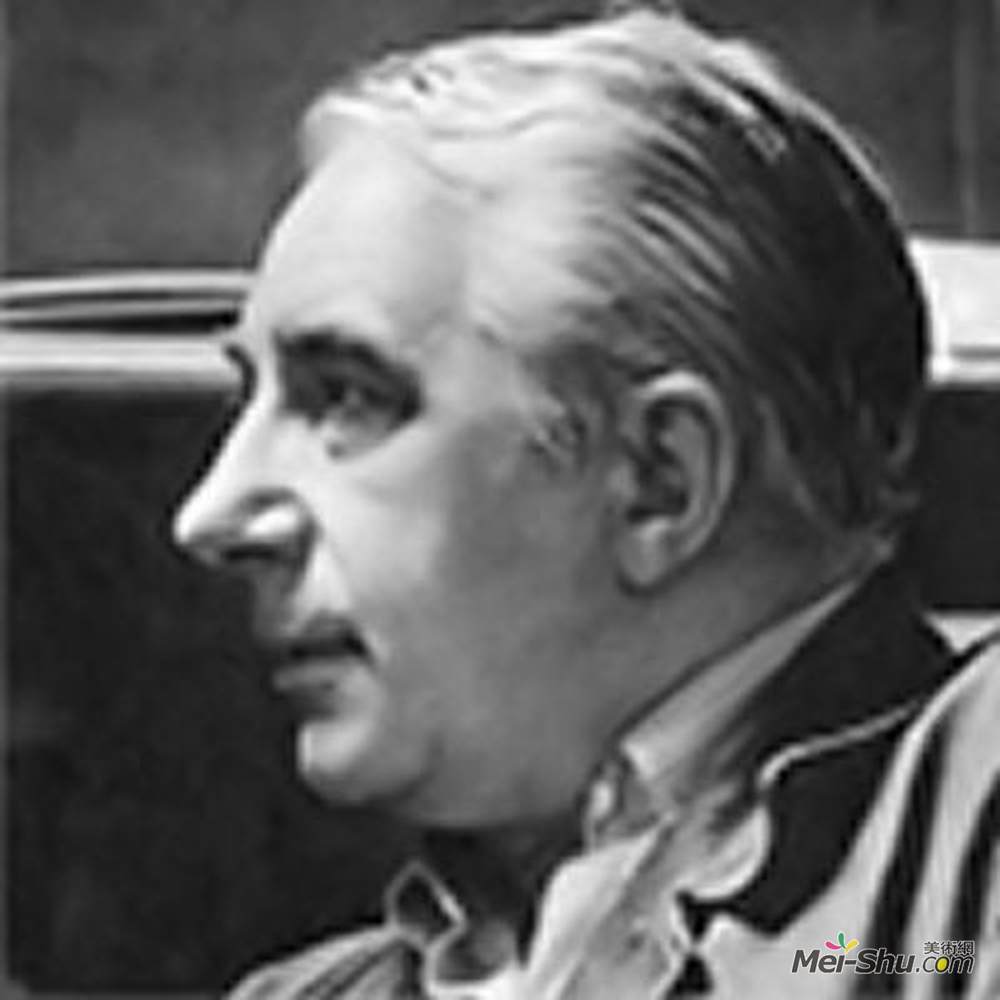
古斯塔夫歌手(Gustave Singier)
艺术家: 古斯塔夫歌手
生于: 1909年2月11日;比利时瓦内顿
卒于: 1984年5月05日;法国巴黎
国籍: 法国,比利时
流派: 无形式艺术
领域: 绘画,设计
Gustave Singier 1909出生于比利时Warneton。他在德国占领的比利时度过了童年。从14岁开始,Gustave Singier开始画画。他在博尔学院学习了3年的课程,之后在1936年以前一直担任室内建筑和家具的设计师。他一边工作一边设计和绘画。Singier遇到了画家Charles Walch,他鼓励他,并向他揭示了绘画表现的自由,当然是关于色彩的自由。1936年,他参加了许多巴黎沙龙,如独立沙龙、汽车沙龙、杜伊勒里沙龙等。他和阿尔弗雷德·马内西尔和勒莫尔成为朋友,他们的研究符合他自己的精神。从这个时期开始,他的绘画进化与马内西尔的绘画进化交织在一起,这取决于他或他者对抽象色彩变化的客观支持,或者相反,努力实现更彻底的解放。在一种诗意的感觉下,在这门艺术中有一种新的印象派,它与立体主义相似。1941年,辛格加入了一群年轻艺术家的行列,他们在布朗美术馆举办的“法国传统艺术展文特·佩恩特斯”(20位法国传统画家)中展示他们的作品。1945,他是麦迪沙龙的创始会员之一。同他那个时代的其他画家一样,辛格发现了康定斯基、克莱、蒙德里安,这条新路线是辛格从绘画形式中解放出来的决定性因素。当他发现自己的个人品质时,单子的工作将会脱离自己。借助于TaCHiste技术,他的艺术变得更加流畅,这得益于水彩画的影响。这就是艺术家擅长的地方。Gustave Singier的作品以不同的方式展开:从壁画、挂毯、彩色玻璃、马赛克、服装和剧院布景设计、柏林雕刻、平版画到插图作品。Gustave Singier将在巴黎教书,在1951年至1954年在兰森学院,然后在1967年至1978年美术学院。法国人Gustave Singier于1947入籍后于1984在巴黎去世。
Artist :Gustave Singier
Additional Name :Gustave Singier
Born : Warneton, Belgium
Died : Paris, France
Nationality :French,Belgian
Art Movement :Art Informel
Field :painting,design
Gustave Singier was born in 1909 in Warneton, Belgium. He spent his childhood in German occupied Belgium. From the age of 14, Gustave Singier starts to paint. He follows courses at the Boulle School for 3 years, then he works as a designer of interior architecture and furniture until 1936. He designs and paints at the same time as he works. Singier meets the painter Charles Walch who encourages him and reveals to him the liberty of pictorial expression, natably that which concerns color. He participates in numerous Parisian Salons from 1936 - Salon des Independants, Salon d’Automne, Salon des Tuileries, etc. He becomes friends with Alfred Manessier and Le Moal whose research suits his own spirit. From this period, his pictorial evolution intertwines with that of Manessier, depending on one or the other’s need to find an objective support in variations of abstract colors or, on the contrary, make an effort a more complete liberation. Elevated by a poetic sensation, there is in this art a new impressionism that is similar to cubist qcquisitions. In 1941, Singier joins to a group of young artists that show their work in the exhibition ‘Vingt Peintres de tradtion francaise’ (Twenty Painters of the French Tradition) at the Braun Gallery, an exhibition that will defy the occupied Army. In 1945 he is one of the founding members of the Salon de Mai. As with other painters of his generation, Singier discovers Kandinsky, Klee, Mondrian; this new path, is the determining factor in liberating Singier from pictorial form. The work of Singier will separate itself from Manessier, as he finds his own personal qualities. Resorting to tachiste techniques, his art becomes more fluid, thanks to the effects of watercolor. This is where the artist excels. The work of Gustave Singier expands in diverse ways: from mural painting, tapestry, stain glass, mosaics, costumes and theatre set design, burin engraving, lithographs, to illustrated works. Gustave Singier will teach in Paris, at the Ranson Academy from 1951-1954, then at the School of Fine Arts from 1967-1978. Gustave Singier, French since his naturalisation in 1947, dies in Paris in 1984.